For the first time, scientists have shown that mechanoluminescence can occur in the absence of a crystalline phase and polymer matrix, using amorphous solids made from copper complexes.¹
Mechanoluminescence is light emitted in response to mechanical stress, such as grinding or friction. It’s usually linked to rigid crystals, but repeated breakage reduces their size and weakens the effect, limiting their applications.
It can also occur in crystalline compounds combined with a polymer matrix. In 2020, a team surrounding Julia Khusnutdinova and Ayumu Karimata from the Okinawa Institute of Science and Technology (OIST) in Japan, showed that a family of copper complexes was mechanoluminescent not only in the crystalline state, but also as amorphous physically blended polymer films.²
Now, Khusnutdinova, Karimata and their colleagues have shown that mechanoluminescence can occur in pure amorphous photoluminescent solids. They made a series of heteroleptic copper(i) complexes, where copper is bonded to two different ligands. Friction triggered mechanoluminescence in these materials, and so did non-destructive stimuli such as contact-separation (peeling a polymer film from the surface) and bending or twisting.
Remarkably, friction-induced mechanoluminescence was seen across the entire family of complexes, suggesting it depends on factors other than those that govern crystalline materials. The team proposes that friction-induced electron transfer and contact electrification may be what excites the metal complexes in these amorphous films.
The work is unique in demonstrating that mechanoluminescence can arise without crystal fracture and a polymer matrix. It also establishes a simple method for generating mechanoluminescence under mild conditions, enabling access to mechanoluminescent systems, removing the need for complex crystal design.
References
1. A Karimata et al, Chem. Sci., 2025, DOI: 10.1039/d5sc05673j
2. A Karimata et al, Chem. Sci., 2020, 11, 10814 (DOI: 10.1039/d0sc04442c)

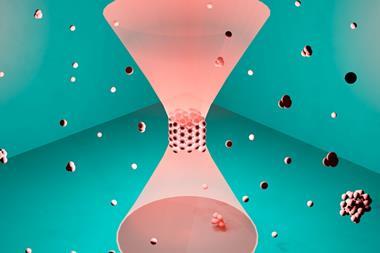


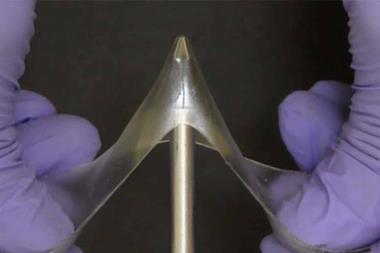
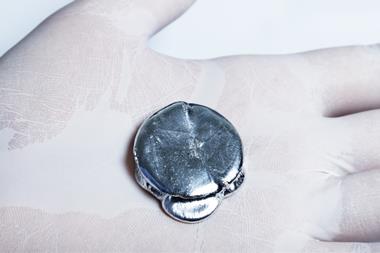



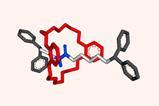


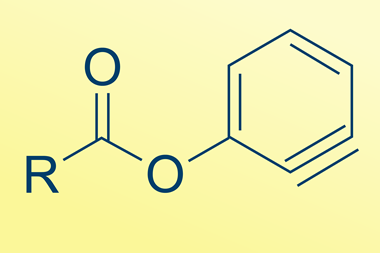

![An image showing a [2]catenane](https://d2cbg94ubxgsnp.cloudfront.net/Pictures/380x253/0/0/4/504004_fja0c01757_0007.jpeg_49119.jpg)
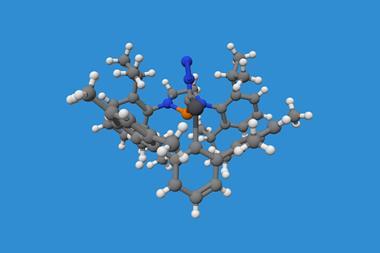
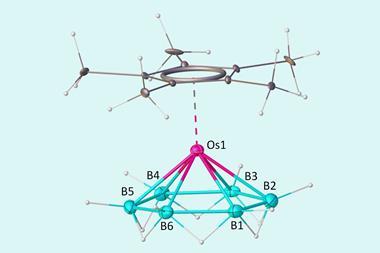





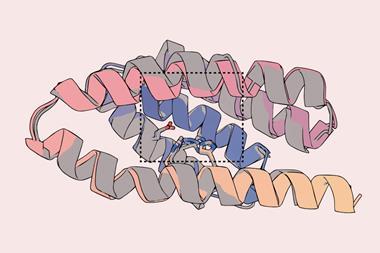

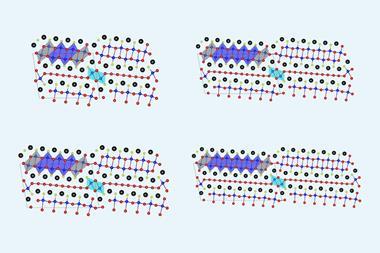
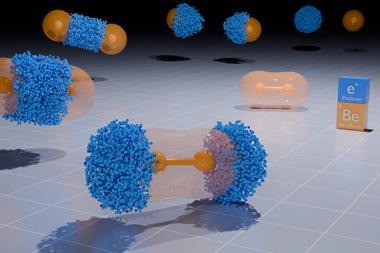

No comments yet